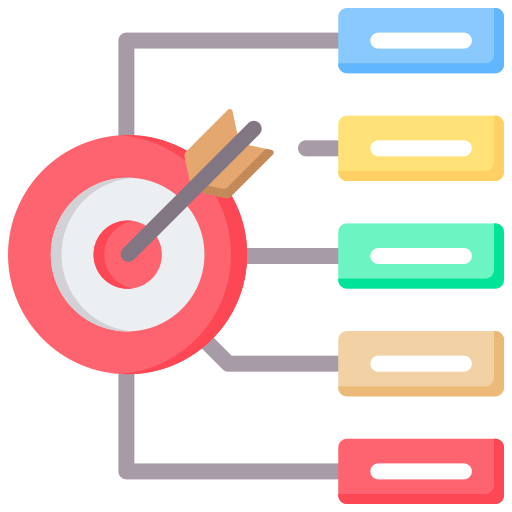Case Study - Data Reconciliation
Data Reconciliation Automation for a Non-Alcoholic Beverages business
Overview
One of the World’s largest Non-Alcoholic beverage companies wanted to optimize their accounting data reconciliation process.
The Company has multiple offices in each state across India classified as zones. Data reconciliation activity was carried out by multiple teams at zonal office levels with a significant number of variations in process.
Reconciliation team struggled to keep pace with the volume of the data being generated on a daily basis, resulting in delays and incorrect reconciliations.
Industry
FMCG – Non-alcoholic Beverages
Processes Automated
Automation of accounting data reconciliation
Current Challenges
- The biggest challenge was to handle large volumes of data (~ 1M transactions per day) and data sets of different locations & accounting practices
- As there was no standardized process across offices, the activity was tedious and required 3-4 resources working full-time at each Zonal office level.
- The results had high errors (10-15%) due to manual processes and dependency on spreadsheets. This led to further efforts from the teams and delayed the reporting by up to weeks at times.
Automation Objectives
The automation objectives put forth by the client were very clear and simple.
- To fully automate the reconciliation process and reduce the human dependency
- To ensure in-time and accurate reporting to the management
- Mitigate the risk and the associated cost of non-compliance


Solution Summary
We offered an out-of-the-box Reconciliation solution capable of handling large volumes of data and complex data transformation and reconciliation processes.
The solution was fully customized, configured, and implemented the POC in less than 3 weeks. Based on the outcome of the POC, logic for data transformation and reconciliation were further refined in the final solution.
- Was fully integrated with their existing ERP to fetch data seamlessly without any manual efforts
- Had data validations, enrichment, filtering, pivoting/joining, & text transformation logics
- Multiple business specific rules, matching logics and tolerances, to reconcile data in multiple stages for very high accuracy of reconciliation
- Exception allocation, forced matching, and split matching logics to handle exceptions.
- User configurable reports, notifications, dashboards, with provision for historical performance and audits put in place to further control and standardize process
Outcomes
The automation resulted in
- Over 90% reduction in the reconciliation process time – from multiple days to a few hours
- Over 98% accurate results with fully standardized and automated process
- 400% faster reporting with 75% reduction in resources – down from 4 resources to 1 resource

